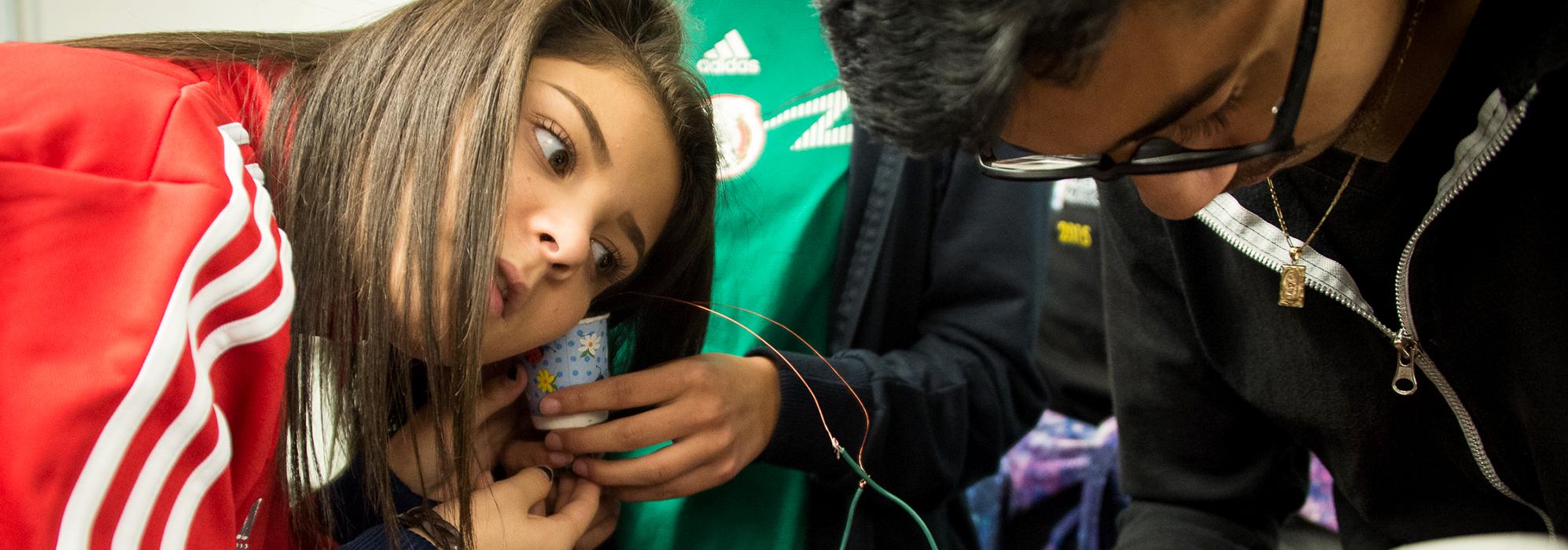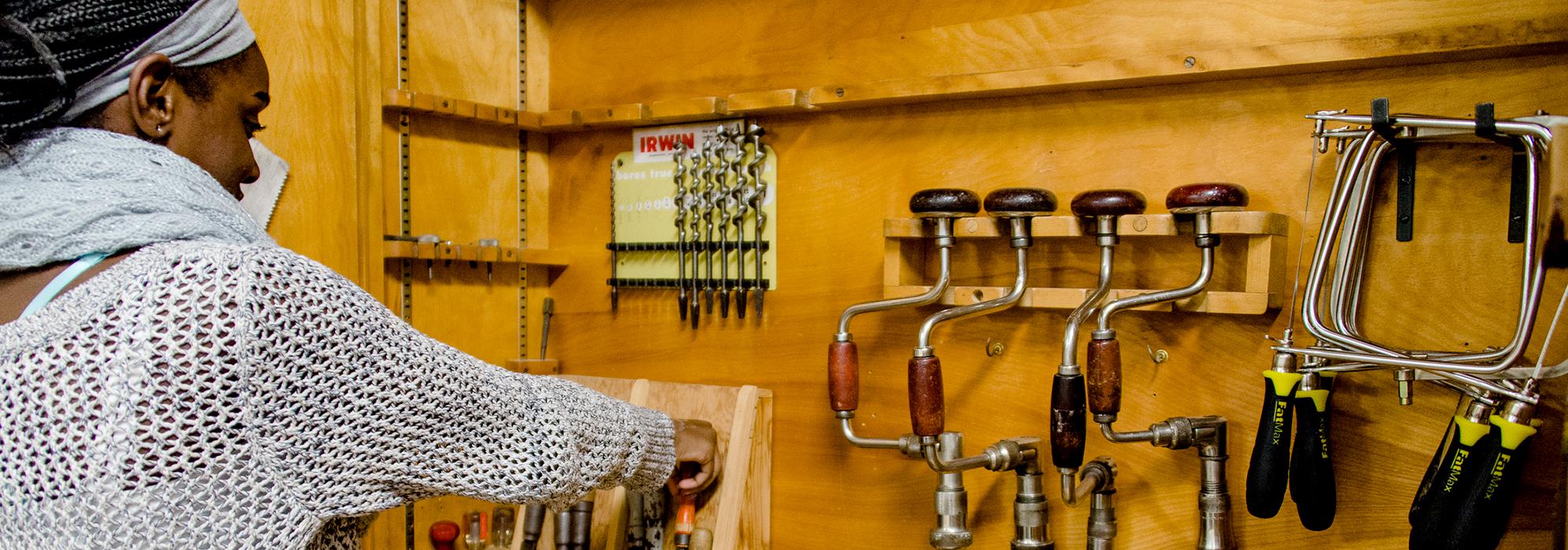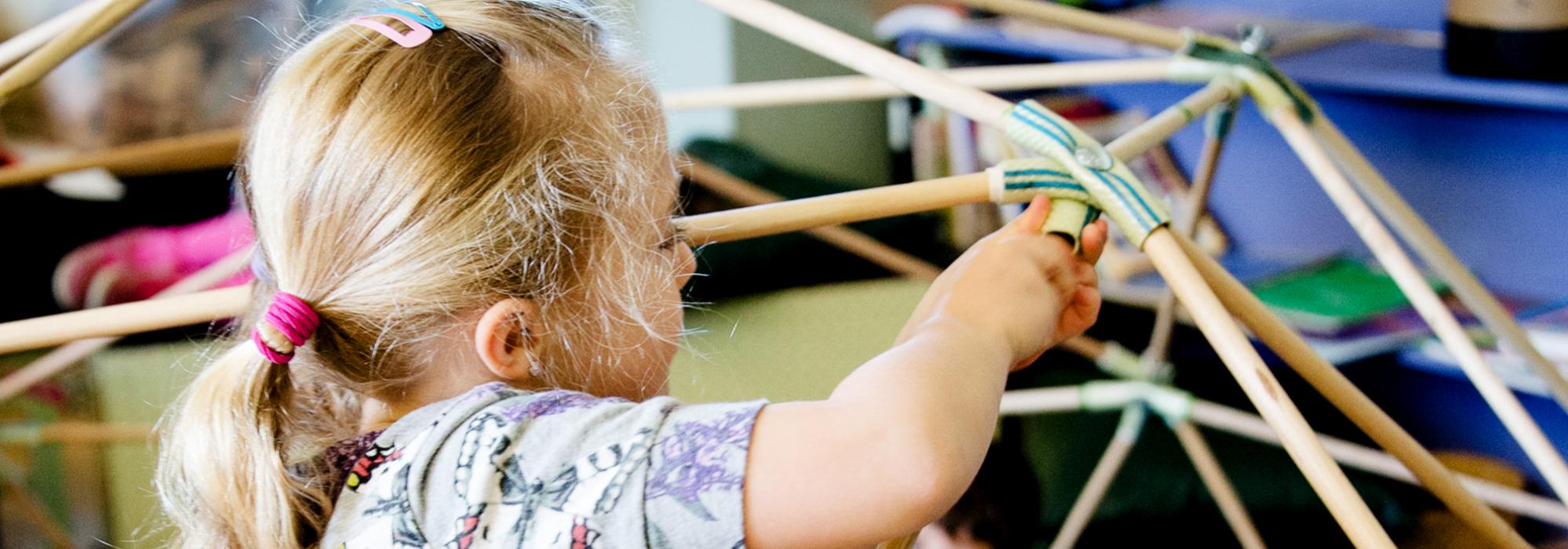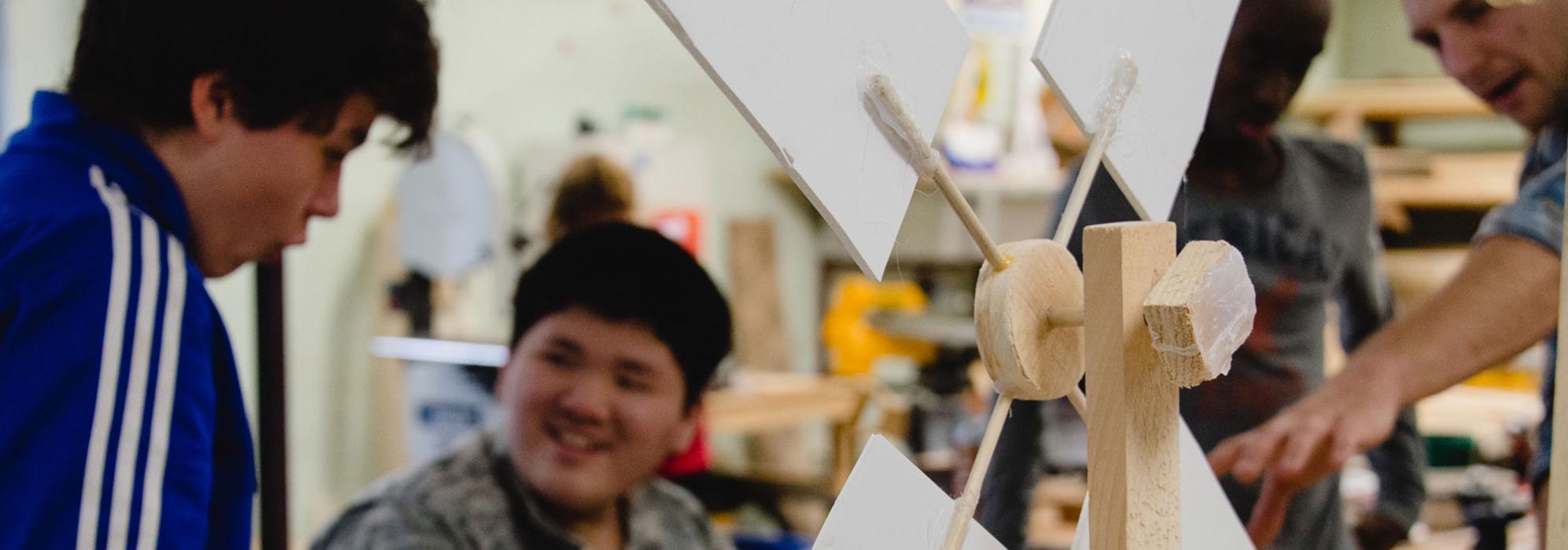Agency by Design
Educational initiatives that emphasize making, design, engineering, and tinkering have been gaining traction in schools and organizations across the country. While maker-centered learning is not a new concept, recent and emerging trends suggest a new kind of hands-on pedagogy—a responsive and flexible pedagogy that encourages community and collaboration (a do-it-together mentality), distributed teaching and learning, and crossing boundaries.
Agency by Design (AbD) is a multiyear research initiative at Project Zero investigating the promises, practices, and pedagogies of maker-centered learning experiences.

Designing and Making with English Language Learners
Thi Bui teaches art and multimedia at Oakland International High School, a public high school for immigrants students’ where command of the English language is one of the last things to be taken for granted.
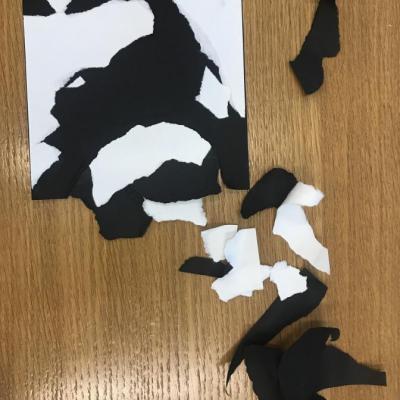
Complicating STEAM: A Critical Look at the Arts in the STEAM Agenda
This entry offers a critical perspective of the role of the arts within the popular STEAM agenda. Most loosely defined, STEAM can be understood as incorporating the arts into the STEM (science, technology, engineering, and mathematics) acronym for the purpose of introducing a focus on art and design into these four subject areas. This entry first questions what the A in the STEAM acronym actually represents. The entry then argues that a focus on any discrete set of disciplines prioritizes some domains of practice, while overlooking others. The entry goes on to encourage a more distributed approach to pedagogical practice that is less about establishing catchy acronyms that privilege some disciplines over others – and more about supporting young people and adults in becoming multimodal learners capable of making connections between and beyond the disciplines.
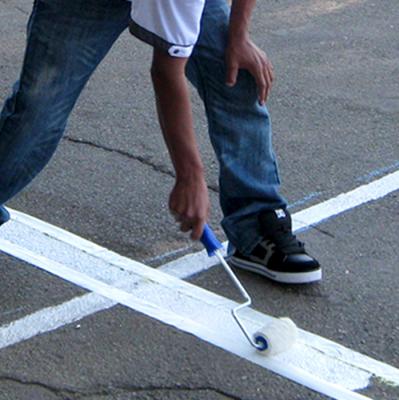
From Maker Space to Maker Campus
Boston-based architect David Stephen discusses his experiences developing “Maker Campus Master Plans” with various members of Agency by Design’s Oakland Learning Community.
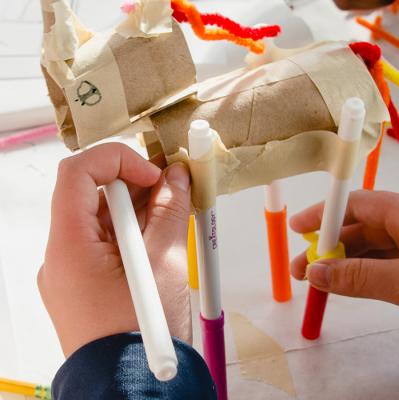
Tinkering Towards a Definition of Tinkering
How do you define tinkering? In this post, Agency by Design principal investigator Shari Tishman tinkers towards a definition of tinkering that considers standard text book definitions, examples from real life tinkerers, and a consideration of the “symptoms” of tinkering.

Parts, Purposes, Complexities
This thinking routine helps learners slow down and make careful, detailed observations by encouraging them to look beyond the obvious features of an object or system. This thinking routine helps stimulate curiosity, raises questions, and surfaces areas for further inquiry.
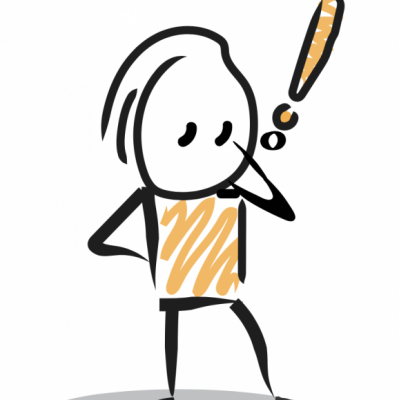
“推进创新” 的思考模式 (简体版)
这个思考模式鼓励学生多方面思考,为一件物品/系统思考各种新的可能性。然后再鼓励学生把新想法融合起来,决定一个有效率的方法去完善,从新设计,和拆解物件/系统。

How Can Understanding What We Value as Educators Shape What We Assess in Our Classrooms?
What do we want our learners to be like when they leave our classrooms at the end of the year? What does authentic learning look like in a maker-centered classroom? Your response to these questions might be an indicator of what type of learning you value as a teacher. Inspired by Carlina Rinaldi and her writing on the relationship between documentation and assessment, we used these questions to identify what types of learning or dispositions teachers value most within their contexts. Think of it as a lens for looking at learning. What we quickly realized is that the values educators bring to their work have implications connected to assessment.

Voice and Choice: The Protocol
A protocol for looking closely at content, considering perspectives and representation, and then redesigning or reimagining that content from one's own perspective. Try out the accompanying Learner Workbook!
